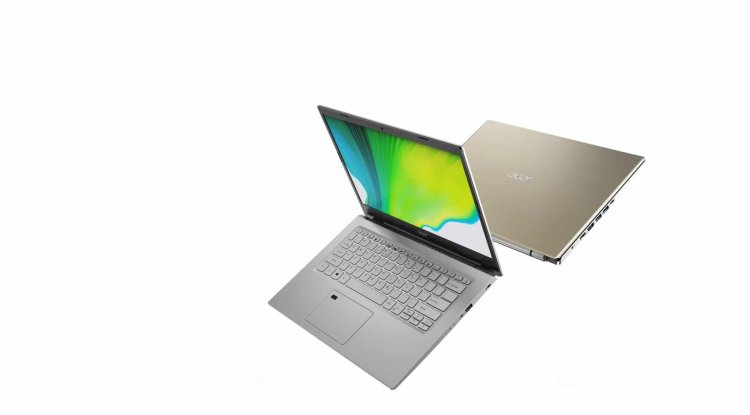Five problems of smart houses and solutions

When you embark on adding a smart prefix to your home, apartment, home, we know those wonderful things await you but also a journey that can easily drive you crazy, if you do not know exactly what you are doing.
Follow the instructions, but be sure to find out about the experiences of users who have already bought smart home devices, which you also plan to purchase.
Of course, it is always best to get all devices from the same manufacturer, but this is a practically impossible mission, because of the choice of devices that do not cover all accessories of the smart home ecosystem, and because of prices, because there are serious differences in prices for almost the same products.
Even when you buy everything new and start setting up a smart home system, problems are likely to occur on their own, and this is especially to be expected if you pair existing devices you have at home for a while and establish a functional smart ecosystem.
The most important thing is not to be unrealistic - do not expect your house to function as in an advertisement or in a movie, because that level of automation requires serious investments or is not even feasible in real life. It will be some time before we live in the house of Tony Stark and his contemporaries.
When you connect your first appliances to the smart home ecosystem, some of the following problems usually appear, because we had them ourselves, which is why we want to help everyone who has them. I can’t connect my device to Wi-Fi
Probably the most common problem when pairing a new or old smart device to your home network is the inability to connect it to the Internet. It doesn’t matter if you have the latest Wi-Fi router or the latest IoT (Internet of Things) device, if they don’t see each other there is no sign of smart home functions.
The most common problem is that the smart home device and Wi-Fi router do not work to the same standard - manufacturers usually save money when making smart devices by limiting them to only a 2.4 GHz network. As a rule, and due to better quality work and less interference, Wi-Fi routers run at 5 GHz and there is a collision - the new device simply does not register the router at all, as if it does not exist. The only thing you can do is set the router to run on a 2.4 GHz network or cover multiple frequencies so that each device can be connected to a standard that suits it.
Another problem is that the Wi-Fi router can be locked for security reasons. Only devices with permission to do so can be connected. You will also enable this in setting up the router, as well as changing the frequency of operation, so look for instructions online or contact the support of an Internet provider or router manufacturer. Installation of the device without drilling holes
Trust us - this is a requirement that the least number of people think about, how and where to install smart devices.
We can’t all drill holes in walls and furniture just like that, because of a number of installation and other reasons, but there are a few easy and practical solutions. First of all, self-adhesive tapes on both sides. They can be bought everywhere, they are cheap, they adhere well to most surfaces and they can carry solidly heavy devices. Double-sided adhesive tape is a solution for home sensors, smart bells, smaller cameras, as well as many other smart devices that generally have to be on the wall or hanging. The strip is also ideal for battery-operated thermostats and system regulators.
In addition, when it comes to batteries - consider investing in devices that work just like that, on batteries. Rechargeable batteries are easy to charge and allow the devices greater mobility, and thus greater flexibility of work in different rooms. Who to choose: Alexa, HomeKit or Google Home?
The platforms are very similar and cut at the beginning and decide which one to use. Each device has a supported system running and choose it so you can easily and via the same app add it to an existing platform.
Some devices are not compatible with all platforms, while some are, so it is important that you make a purchase decision based on which platform the device you want belongs to. If the device is not compatible with a smart home platform in advance - it’s not worth it, you generally can’t change it and that will be a problem. The solution is just to replace the device or to replace the platform on which the whole system works, and that is usually almost impossible, isn’t it?! Don’t spend like crazy, buy smart
Just because you make your home smart doesn’t mean everything has to be expensive. On the contrary!
Connecting a device to a smart home is more of a challenge in terms of smart planning and composing the system so that it works, and much less to spend a lot of money to make everything work. Don’t buy the smartest light bulbs or sensors whose functions you will not use. Also, start with the entry-level device in each category when you start, because as you learn, you will understand exactly what you need. A large number of devices at a high price are just a fancy variant of the basic device.
Turn to small producers, who are creating a smart ecosystem just as successfully as companies that already have a good reputation. The Philips Hue light bulb is certainly a great choice, but Wyze, for example, also makes great smart light bulbs, which are much cheaper. Privacy and how to protect it
Yes, privacy is very important and it is even more important that you do your best to protect yourself!
First of all, take care of passwords, let them be strong, let them be unique, that is. New for each of the devices. When buying a device, make sure that it is on the list of a new standard, which will raise the privacy and security of the device to a whole new level during 2022 - MATTER.
The matter has been accepted by almost all relevant smart home and Internet of Things manufacturers, including Apple, Samsung, Huawei, Google, IKEA, Schneider Electric and others, so inquire online whether the manufacturer of the device you plan to buy will support this standard, which will certainly increase privacy and security many times over.
Another very important thing is to regularly update all smart home and Internet of Things devices. New versions of the software are often released and fix mostly security and user privacy risks.





































